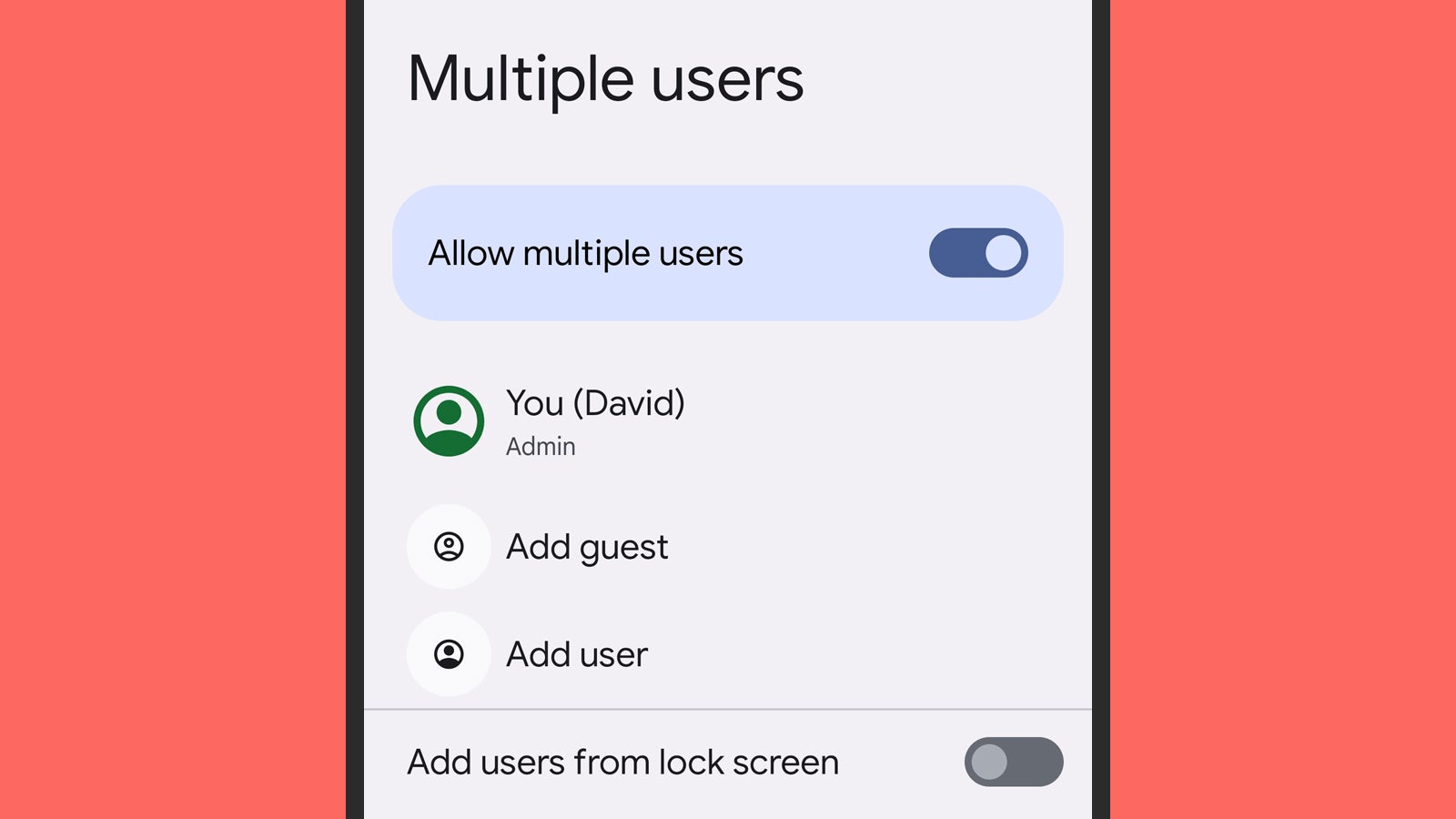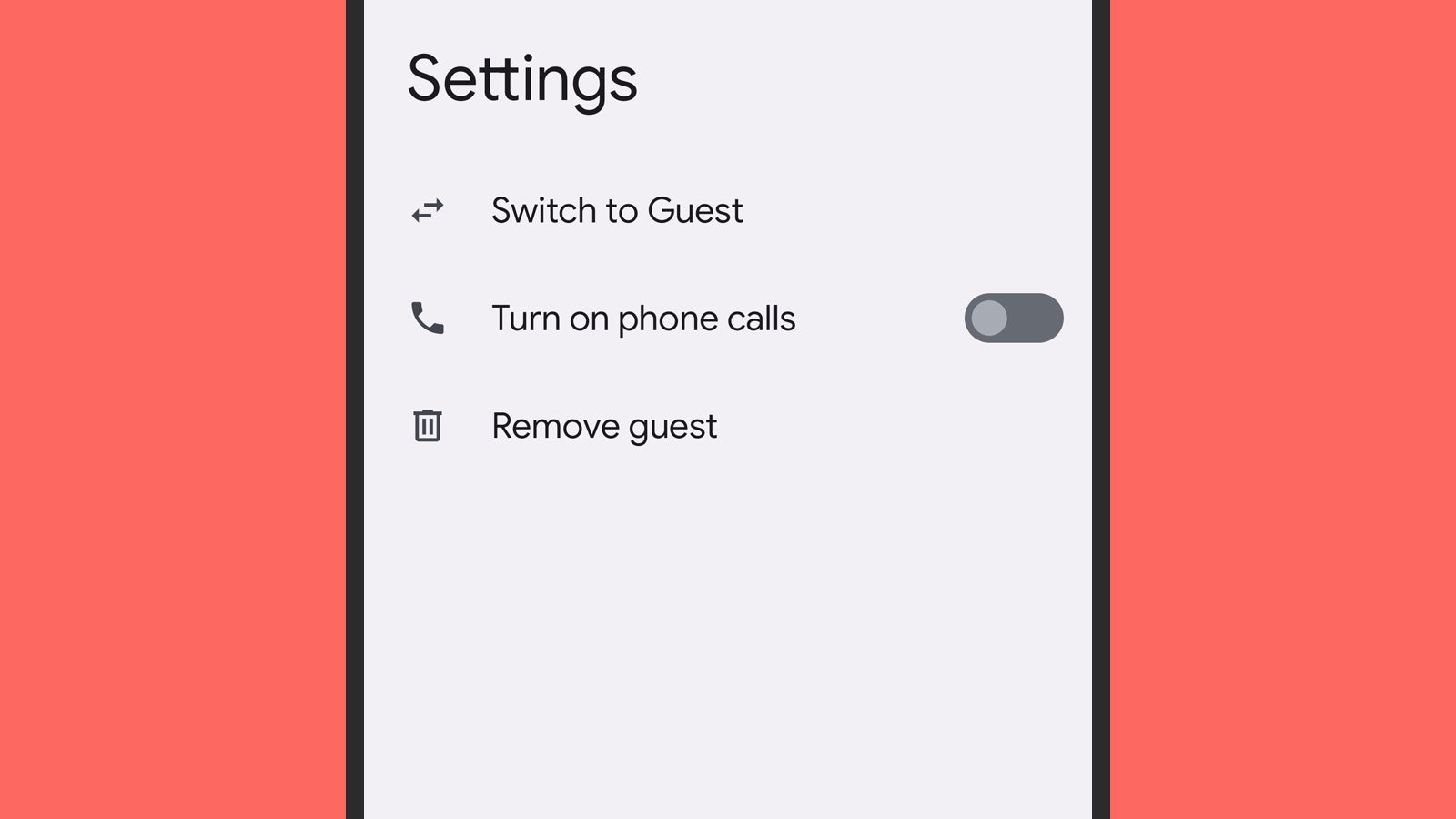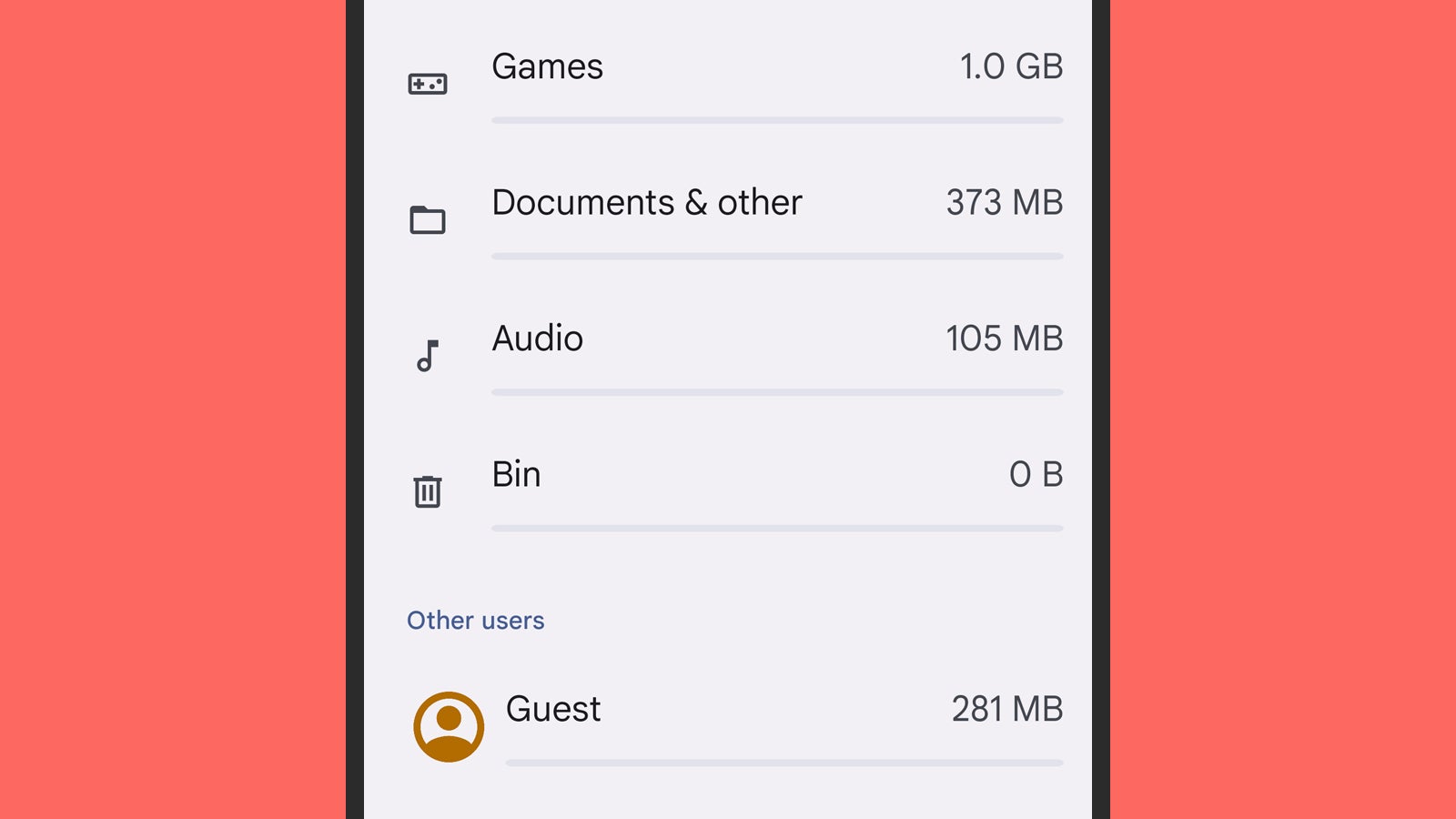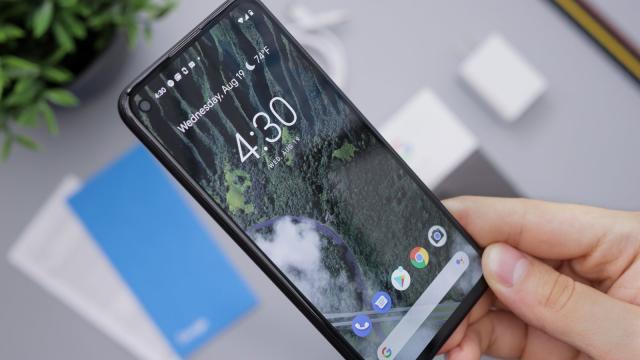While you might have never realised it, your Android phone can support multiple user accounts in the same way Windows and macOS can — and although you’re probably not sharing your smartphone with too many people day to day, there is a Guest Mode feature available than can be helpful if you ever need to lend your phone out to a family member, friend or colleague.
Here, we’ll take you through the process of enabling Guest Mode, and we’ll also explain how it works. The instructions below are for the latest version of Android 13 on a Google Pixel 6 Pro — but if you’re using a different version of Android or a phone from a different manufacturer, there shouldn’t be too much difference in the procedure or the available features (a quick web search can usually help if you get stuck).
To start, you need to actually enable multiple users on your Android device, which is done by opening up Settings and then choosing System and Multiple users. Turn on the Allow multiple users toggle switch, and you’re then able add new users to the device (Add user), as well as enable Guest Mode (Add guest).

Opt to Add guest, and you’ll get a very basic settings screen: There’s the option to switch to the guest account, the option to enable or disable phone calls while in Guest Mode, and the option to remove the guest account. You can’t add multiple guests at once, so if more than one person needs access to your handset regularly, then you’ll have to start creating users.
Creating new users, by the way, is a more complicated process: It’s like setting up your phone for the first time. The new user is going to need a Google account (at least if they want to use any Google apps or download anything from the Play Store), they’ll be able to set their own screen unlock method, and so on. If you’re opting for simplicity, go with Guest Mode; if you really are sharing the phone with someone else on a continual basis, add them as a user.

The user option is also the go-to for if you’ve got a child who’s going to be using your phone regularly, rather than a nephew or niece who will occasionally borrow it to play a game or two — you’ll be able to add a child account from your Google family group, and manage what your youngster is able to do on the device.
For now, we’re focusing on Guest Mode, and you can switch to it from the System and Multiple users page, or by dragging two fingers down from the top of the screen and tapping the user account button at the bottom of the Quick Settings panel. You can use the same methods to get back to your standard account again.
If your guest wants to download any apps or check Gmail, they’ll have to enter a Google account — they can use yours if they want, but this sort of negates the point of using Guest Mode in the first place. Apps like Google Chrome and YouTube can be used without signing in, and phone calls can be made if you allowed the feature when you configured Guest Mode to begin with.

What really makes Guest Mode stand out from a full user account is how easy it is to start again from scratch. Every time you switch over to Guest Mode, you’ll be asked if you want to continue the previous session (Yes continue) or wipe everything and start fresh (Start again). This includes Google accounts the guest has signed into, websites the guest has open in Chrome, and so on.
There’s also no way that guests can get at the files or messages on your phone: Everything from your SMS messages to your emails to your saved photos are blocked off and inaccessible. Guests are also locked out of being able to switch to another wifi network, and as you would expect, they can’t reset your phone, either.

Guest Mode comes with some privacy protections for the guest as well: When they’re done with whatever they’re doing, they can go to the account switcher screen (through Settings or the bottom of the Quick Settings panel) and then choose Remove guest — this wipes all trace of what they’ve been doing and signs them out of all their accounts.
Android does include a useful feature for keeping tabs on the impact Guest Mode is having on your device. If you open Settings and then pick Storage and scroll down to the bottom of the list to Guest, you can see how much space your guest account and other user accounts are taking up on the phone.
So there you have it — a feature baked right into Android that might be completely irrelevant for some users, but which will be very helpful for other users, and which is pretty straightforward to use (especially once you’ve set it up). For the time being, at least, there’s no comparable option available on iOS.
